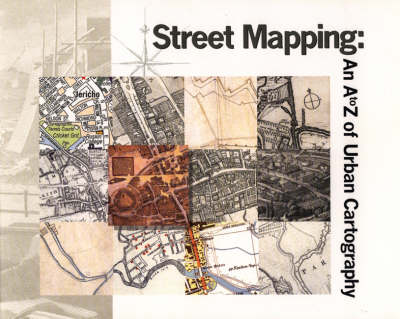How are maps designed and why are they made? What are the origins of street mapping and how did it develop? This publication charts the history of urban cartography using magnificent examples from the Bodleian Library's extensive map collections. It discusses the evolution of map design and compares cartographic styles and conventions over the centuries, and around the globe. It looks at how the purpose and function of maps directly and profoundly affects their design. Examples of the impact of war on mapping are illustrated with fascinating examples of mapping from World War II which mark out strategic sites such as the Morris car plant in Birmingham, while a "Soviet map of Oxford" produced during the Cold War shows key installations, such as industrial sites, post offices, the police station, and even publishers. Oxford maps are used to chart the sweep of cartographic development, from the famous sixteenth-century map of the city by Agas to the most recent products from the twenty-first century.
Also on view is the 1883 "Drink Map of Oxford" published by the Temperance Union, which, paradoxically, draws attention to the fact that 'every twenty-second house in Oxford is a drink-shop' and marks these with a proliferation of red dots. The book includes a chapter discussing maps of streets that were planned but never built, such as Sir John Evelyn's plan for rebuilding the City of London after the Great Fire in 1666. It ends with a look at the future of mapping and considers map media and their uses. This fully-illustrated book is an important work for students and collectors of cartography, as well as for map enthusiasts or anyone with an interest in cities and their design.
- ISBN10 1851243658
- ISBN13 9781851243655
- Publish Date 24 November 2015
- Publish Status Out of Print
- Out of Print 26 January 2012
- Publish Country GB
- Imprint Bodleian Library
- Format Paperback
- Pages 79
- Language English
